Triple-Negative Breast Cancer: Causes, Symptoms, and How to Treat It - Famasi Africa
Triple-negative breast cancer cells do not have estrogen and progesterone hormones receptors. The cells do not get instructions from the hormones, making them grow out of control. About 10-20% of breast cancers are triple-negative.
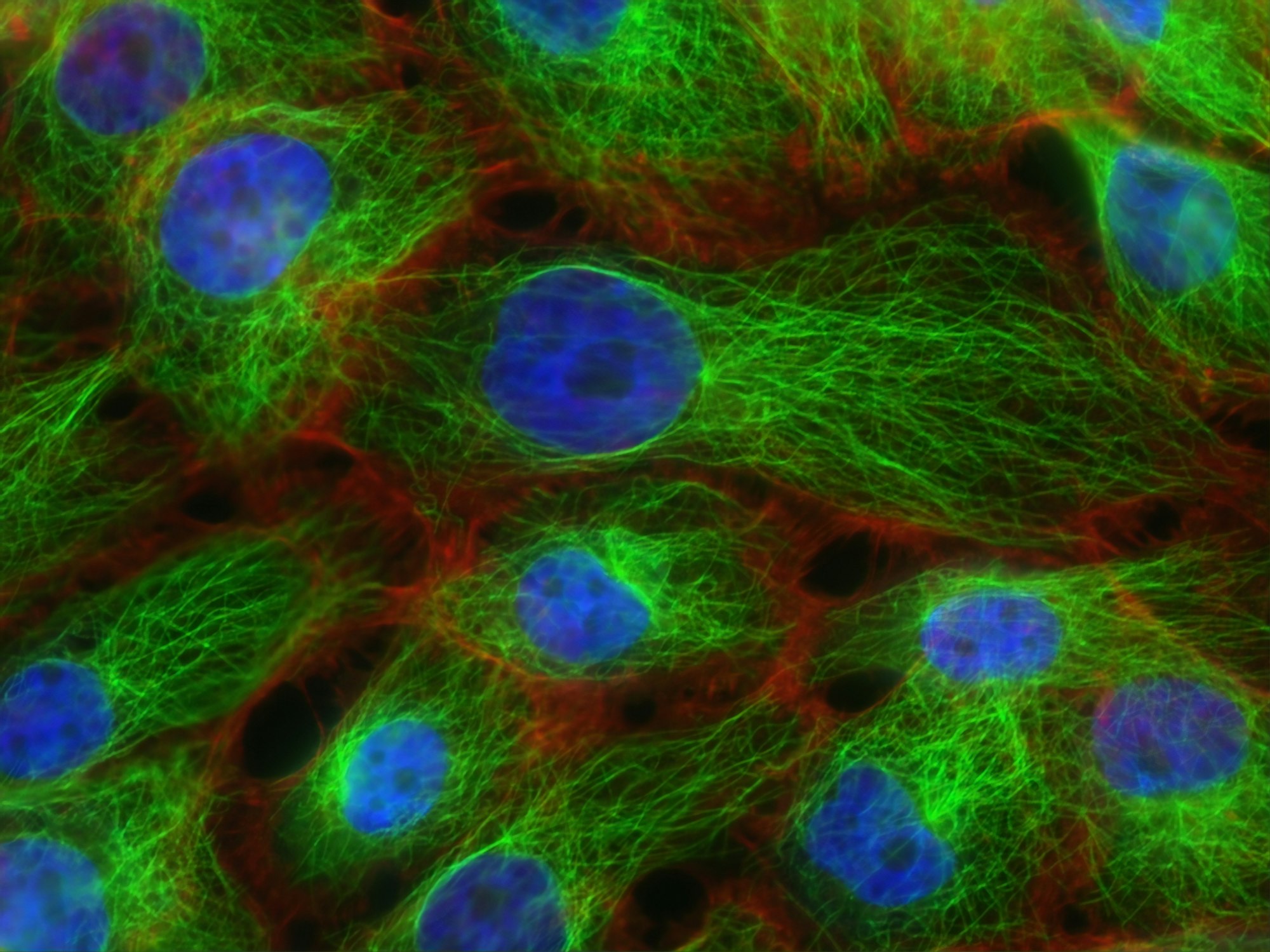
Triple-negative breast cancer is a form of breast cancer that is more aggressive and grows more rapidly than other types.
The name refers to the fact that it lacks a hormone receptor for estrogen, progesterone, and the protein HER2/neu.
Since many treatment options are based on hormones, triple-negative breast cancer is harder to treat.
But what causes it? And how do you even know you have it?
We'll discuss the following in this article:
- What is triple-negative breast cancer?
- Causes of triple-negative breast cancer
- Symptoms of triple-negative breast cancer
- Diagnosis for triple-negative breast cancer
- Triple-negative breast cancer prognosis
- Treatment options for triple-negative breast cancer
What is triple-negative breast cancer?
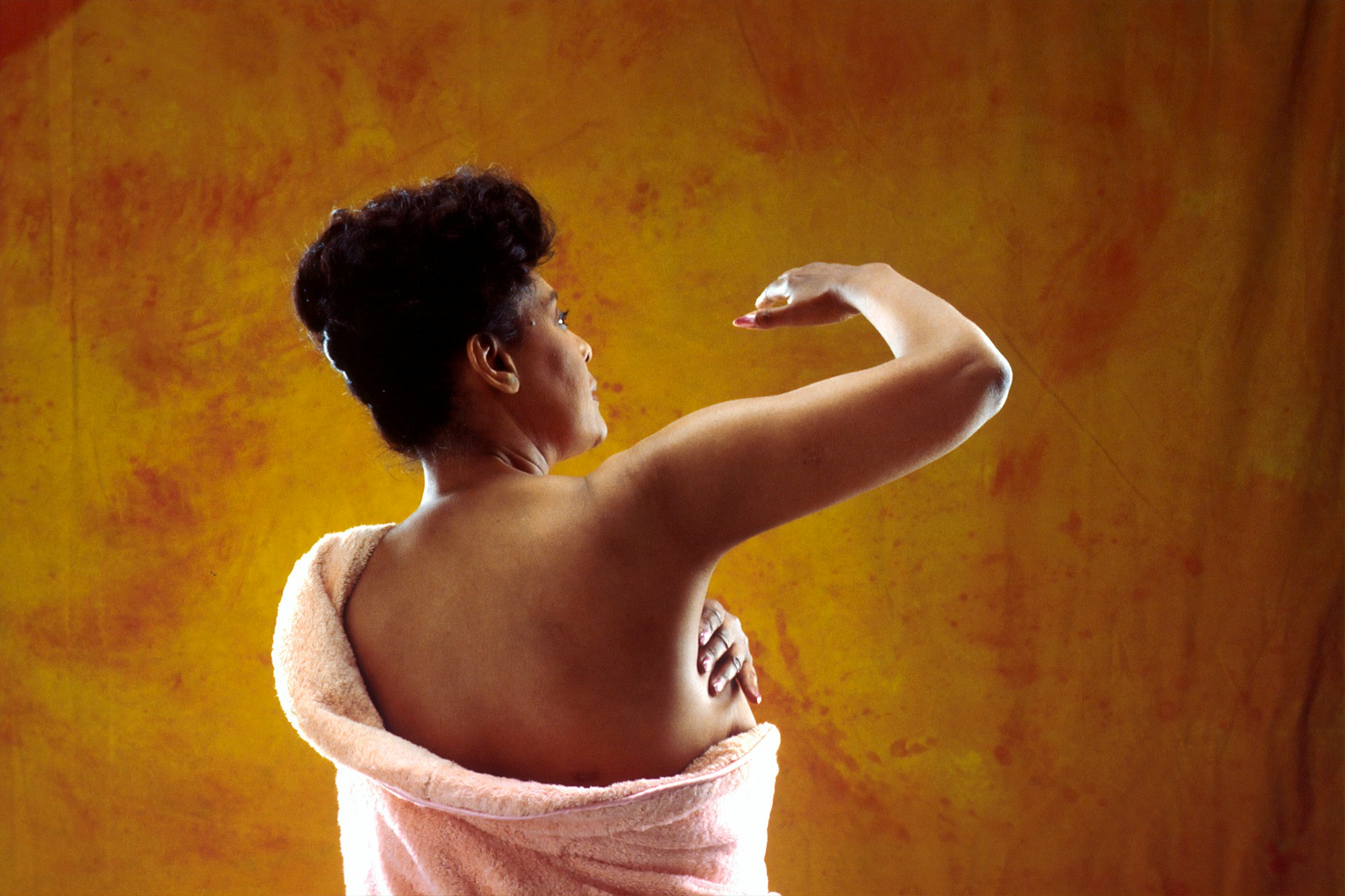
Cell receptors are unique proteins that allow contact between cells and their surroundings. These receptor proteins receive information from substances in the blood and then tell the cell what to do.
Hormones called estrogen and progesterone attach to hormone receptors inside and on the surface of healthy breast cells. These hormones instruct the cells to continue growing and ensure they function well.
Most, but not all, breast cancers come with one or both of these hormone receptors in the cells.
The HER2 protein stimulates cell growth in healthy breast cells, but about 20% of breast cancers have too much. When breast cancer cells have too much HER2, their development and division can accelerate rapidly.
Hormonal and HER2-targeted therapies work by disrupting the effects of estrogen, progesterone, and the HER2 protein on breast cancer cells, which slows or stops the growth of breast cancer.
But triple-negative breast cancer cells don't have estrogen and progesterone hormones receptors. The cells don't get instructions from the hormones, making them grow out of control.
About 10-20% of breast cancers are triple-negative because they test negative for hormone receptors and excess HER2. Since hormones aren't making the tumor grow, it becomes unlikely to respond to hormonal therapy medicines.
Causes of triple-negative breast cancer
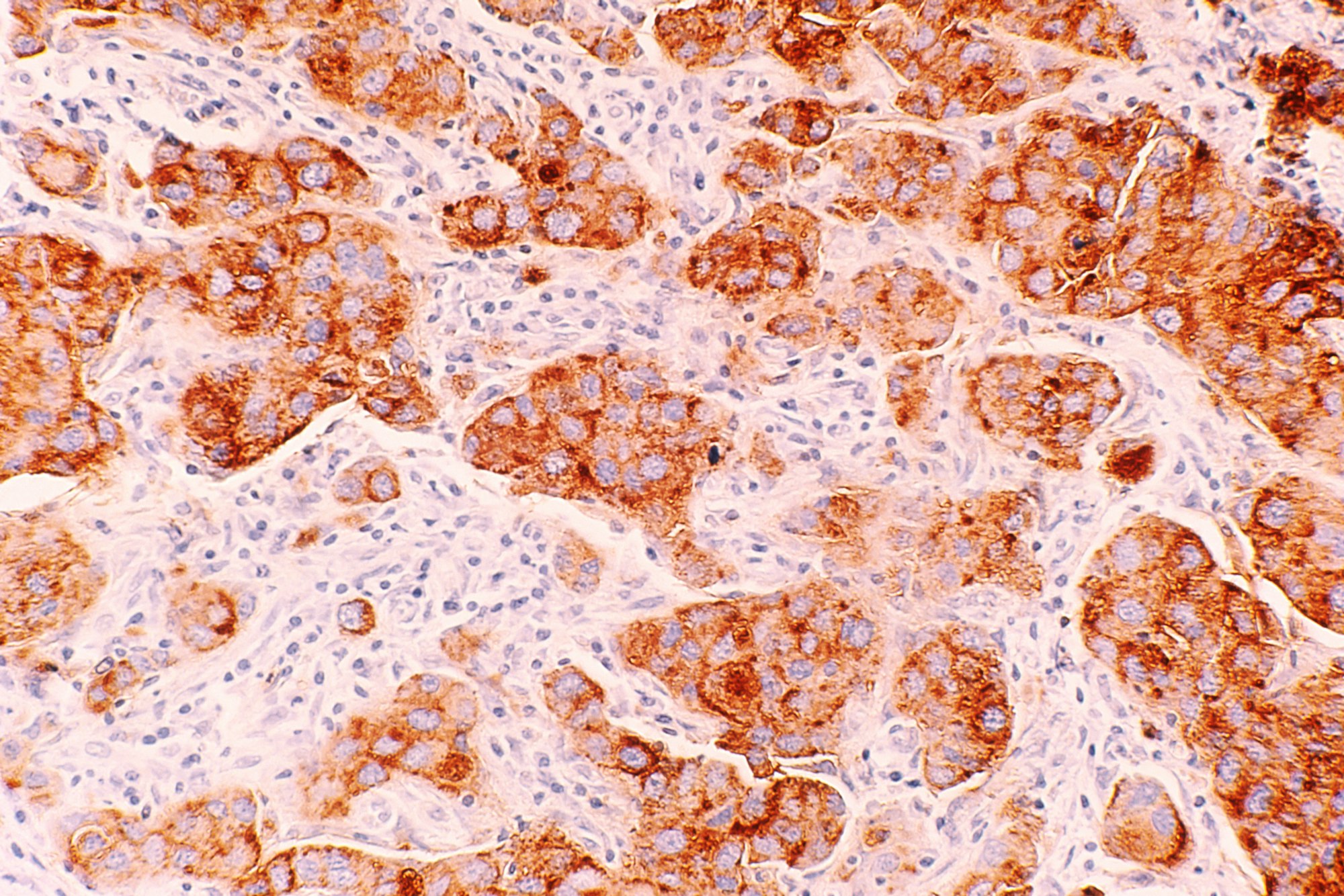
What causes triple-negative breast cancer isn't known, but some risk factors can make you more likely to be affected.
These include being a male or female (it's rare in males) and age — younger women have higher rates of getting triple-negative breast cancer than older women.
This means that as far as you're human and have a breast, a tumor can grow there. Male breast cancer isn't common, but it's also not impossible.
A breast cancer tumor feels rigid and angular, like a rock, rather than mushy, like a grape. Its hardness makes it feel different from a cyst.
There are also modifiable and non-modifiable factors that can cause breast cancer.
The modifiable factors include smoking, taking oral contraceptives for a long time (~5 years), and weight gain.
On the other hand, the non-modifiable factors are out of your control as they include:
- Genetics or family history
- Early menstruation
- Nulliparity (someone who's never given birth)
- Lack of breastfeeding
The question now is — does this mean that triple-negative breast cancer is hereditary?
Well, the answer is a yes and no.
While most women with the cancer don't have a strong family history, some women with triple-negative breast cancer have an altered BRCA1 gene (a human tumor suppressor gene responsible for repairing the DNA).
An altered BRCA1 gene — which would've been inherited from a parent — can lead to breast cancer in the family genetics.
Now, what are the signs of triple-negative breast cancer?
Triple-Negative Breast Cancer Symptoms

The symptoms may not show up until later stages of the disease because early-stage tumors aren't always detectable on routine mammograms.
But the main symptoms include these three things:
- An overabundance of cell growth
- An adverse reaction to estrogen and progesterone hormones
- Resistance to hormone therapy
While there's often no lump associated with this type of cancer, other symptoms may include:
- A thickening or swelling in the breast area
- Skin changes such as dimpling or puckering of the skin
- Nipple retraction (turning inward)
- Redness or scaliness of the nipples
Diagnosis for Triple-Negative Breast Cancer
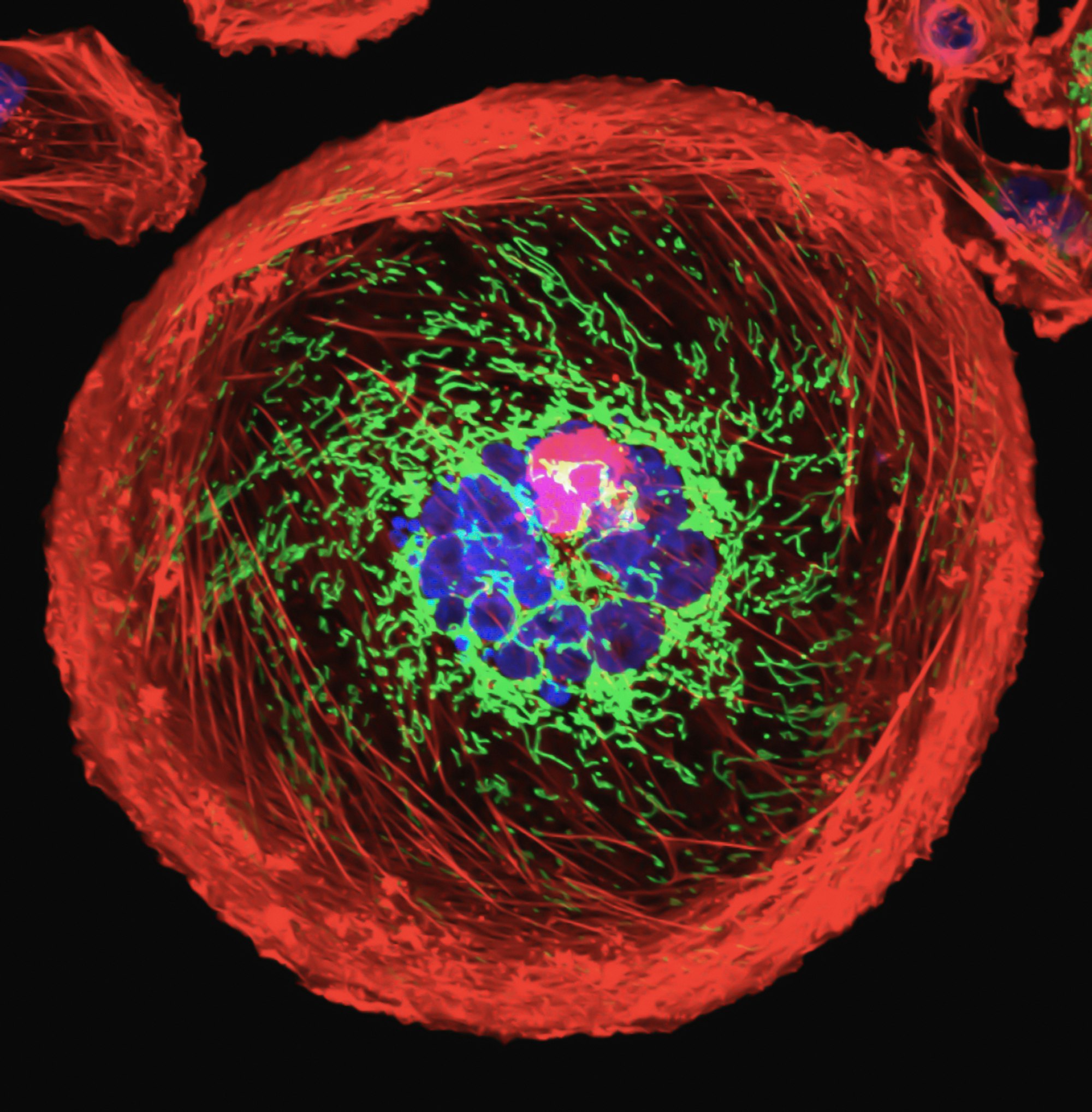
There are various tests for triple-negative breast cancer diagnosis because it can be hard to detect due to lack of symptoms.
The usual mammography test can sometimes miss tumors that aren't dense enough to show up clearly. But ultrasound imaging tends to work better at detecting these types of lesions when they're present.
Your doctor might use other options such as:
- A Magnetic Resonance Imaging (MRI) scan
- Biopsy
- Genetic testing like BReast CAncer (BRCA) gene mutations screening
- Herceptin therapy
If you test positive for triple-negative breast cancer, the next step is to determine how advanced it is and what stage you're at, which will help determine the applicable treatment option.
Triple-Negative Breast Cancer Prognosis
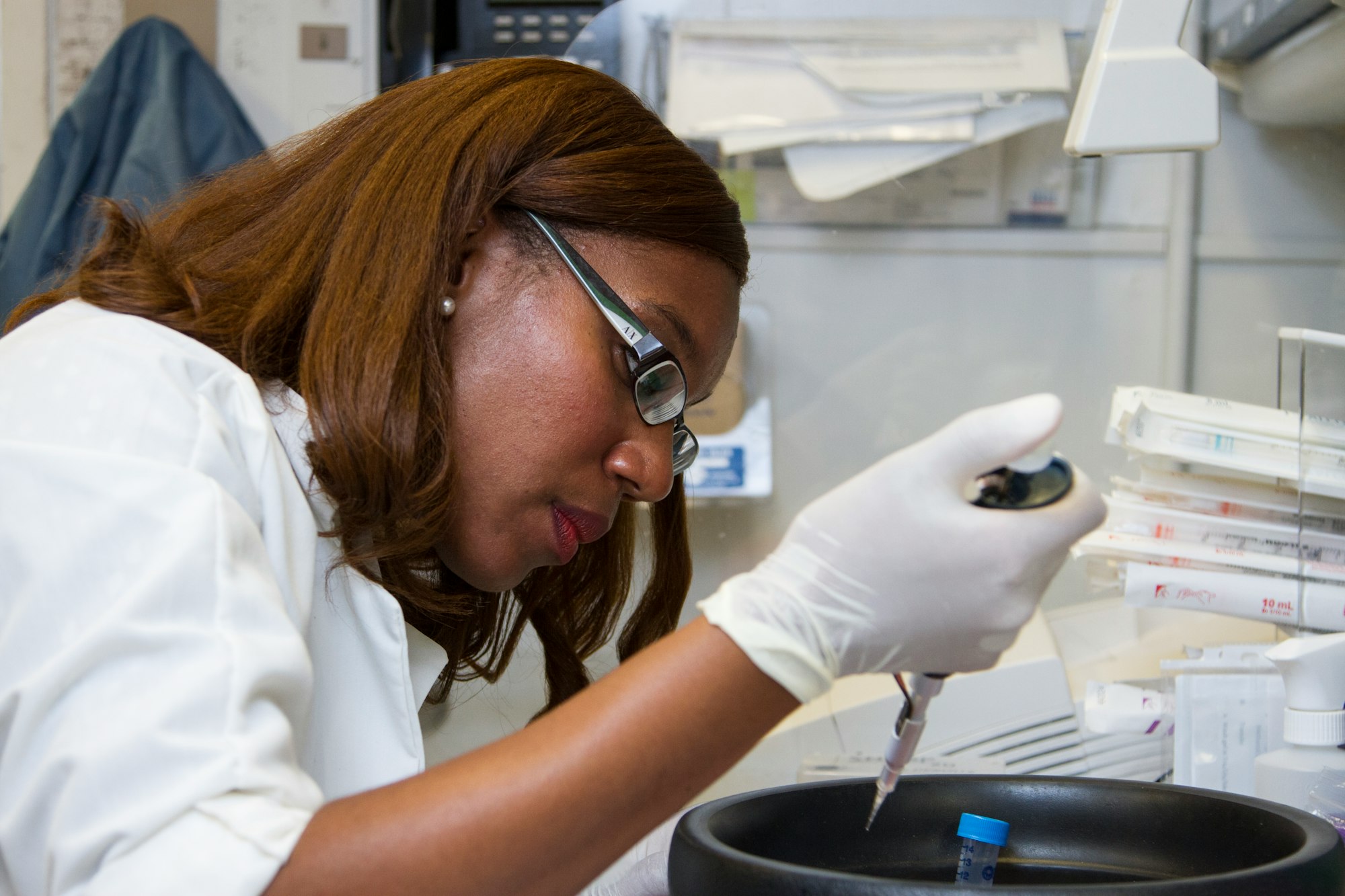
A prognosis refers to the expected outcome of a disease. It helps to know whether the symptoms will worsen or improve and the rate at which it'll happen.
In this case, it refers to the likely survival rate of a triple-negative breast cancer patient.
The 5-year relative survival rate compares women with the same type and stage of breast cancer to the overall women in the population.
According to a study using data from the National Cancer Institute's Surveillance, Epidemiology and End Results (SEER) database, women who were diagnosed with triple-negative breast cancer between 2010 and 2016 had these five-year relative survival rates:
- 91% — Where the cancer is still localised within the breast.
- 65% — Where the cancer has regionally spread beyond the breast to nearby organs or lymph nodes.
- 12% — Where the cancer has reached distant parts of the body like the liver, bones, or lungs.
- 77% — Where all stages are combined.
Triple-negative breast cancer prognosis has a lower survival rate than other types of cancer due to having a similar aggressive growth to inflammatory breast cancer.
However, treatment options improve your chances if detected early on.
According to Dr. Babatunde of Quinta Health, it's best to do your first mammogram before 40. But if you have a family history of breast cancer, you should start around the age of 25.
Triple-Negative Breast Cancer Treatment
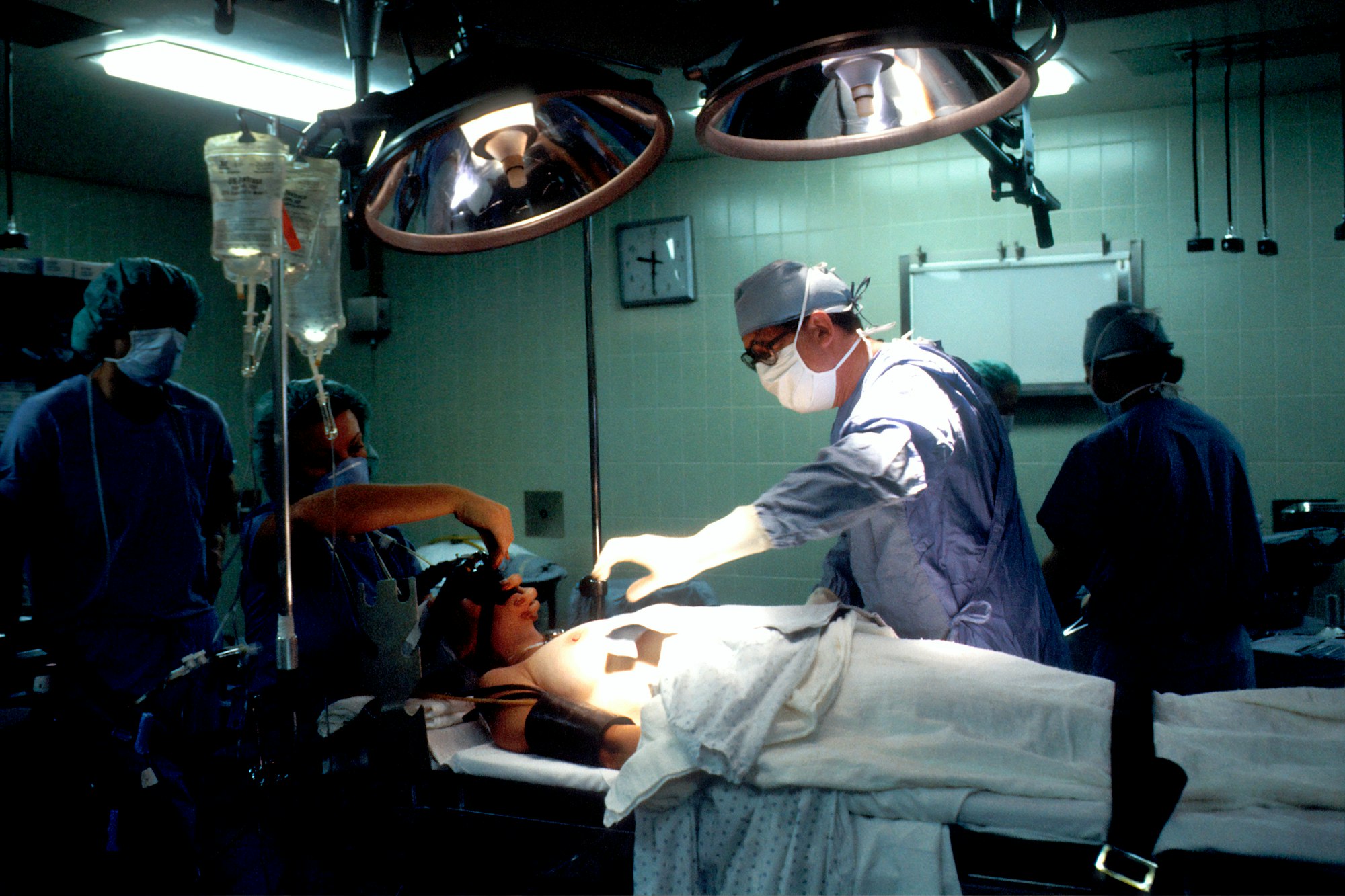
As mentioned earlier, Triple-negative breast cancer prognosis is lower than other forms, but it can still improve with treatment depending on the diagnosis stage.
However, there's no one type of triple-negative breast cancer treatment because different people respond to different kinds of therapies.
Depending on the stage it's at, your doctor may recommend any of the following:
- Surgery (lumpectomy for smaller tumors)
- Mastectomy or removal of both breasts
- Chemotherapy to shrink large tumors before surgery or after surgery to reduce the chances of the cancer returning
- Radiation therapy — intensity-modulated radiotherapy that targets the tumor with higher doses while minimizing exposure to healthy tissue around it
- Targeted therapy like Herceptin
- Hormone treatments like Selective Estrogen Receptor Modulators (SERMs).
Summary
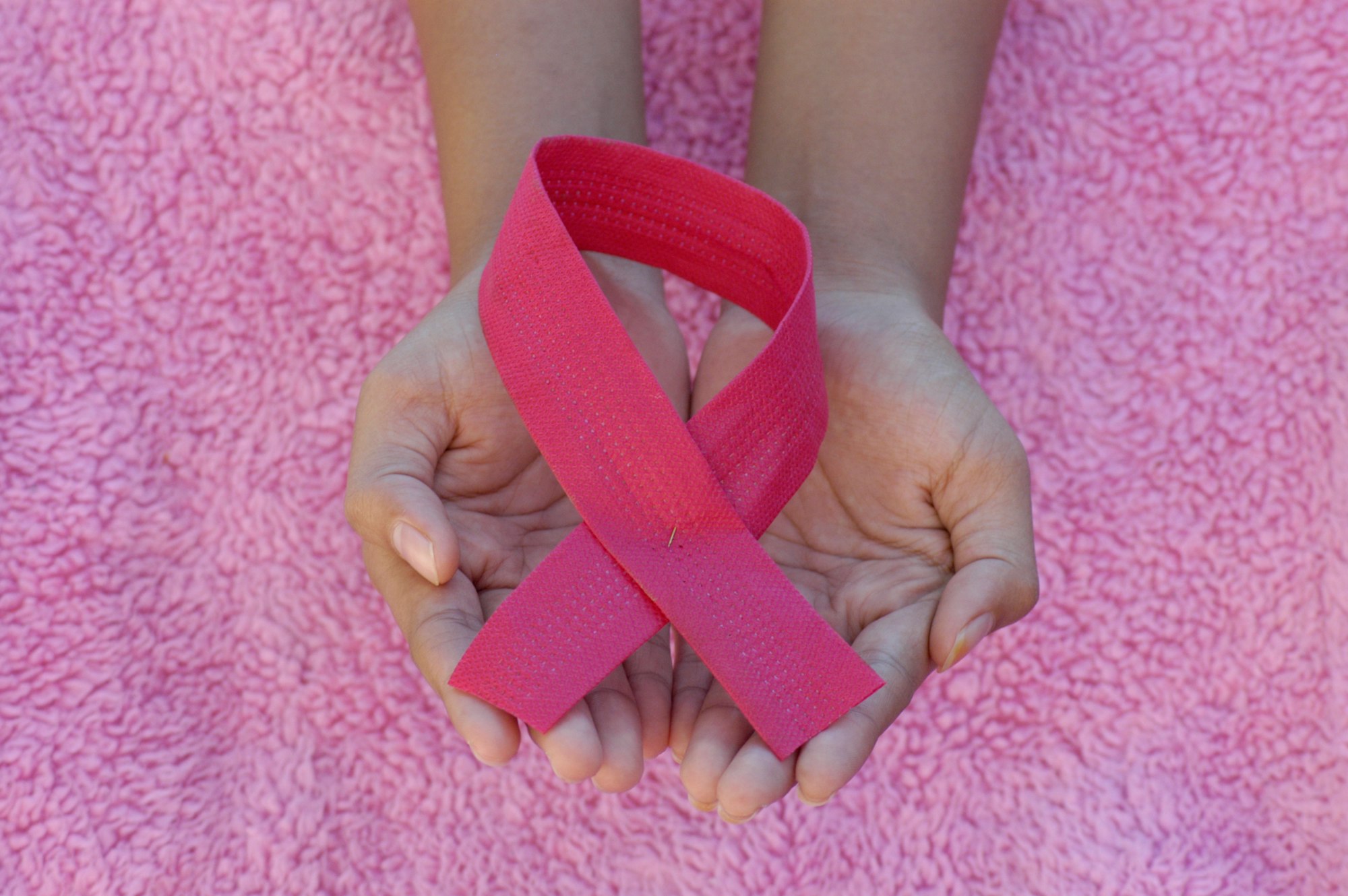
Overall, triple-negative breast cancer is a relatively rare type of cancer, but it's also lethal. Despite being more aggressive and harder to treat, triple-negative breast cancer is still highly treatable. Speak with your Care Specialist about any concerns or signs of cancer you see during your regular or self-exams.
If you'd like to have a breast cancer checkup with trusted professionals, you can send us a DM on Twitter or Instagram (@FamasiAfrica). Or send an email to famasiafrica@gmail.com.
